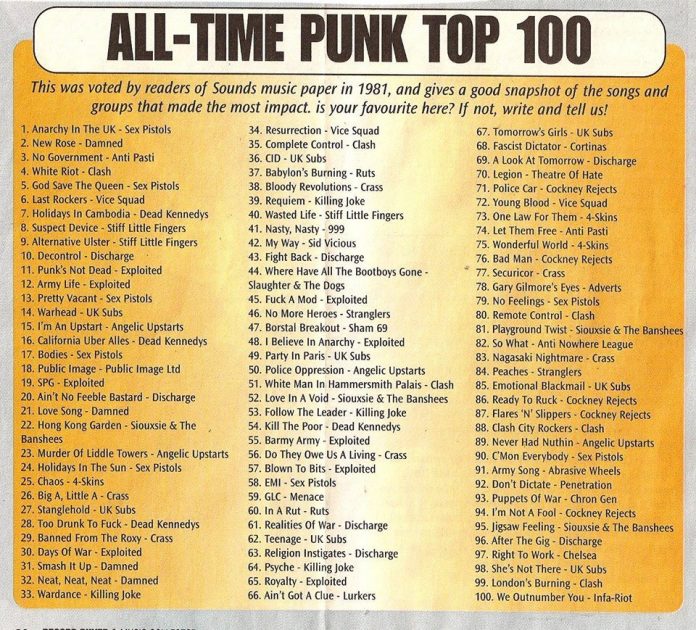Peter Tork died yesterday at age 77. You might not have heard the news over the deafening alarms in your social media feeds lately. But a muted response is also noteworthy because of the way Tork’s fame imploded at the end of the sixties, at a time when he might have become the kind of rock star he and his fellow Monkees had proved they could become, all on their own, without the help of any studio trickery, thanks very much. The irony of making this bold statement with a feature film was not lost on the band at all.
The film was Head, co-written and co-produced by Jack Nicholson, who appears alongside the Monkees, Teri Garr, Annette Funicello, Frank Zappa, Sonny Liston, Jerry Lee Lewis, Fats Domino, and Little Richard, among many other famous guest stars and musicians. Dennis Hopper and Toni Basil pop up, and the soundtrack, largely written and played by the band, is a truly groovy psych rock masterpiece and their last album to feature Tork until a reunion in the mid-80s.
Head was a weird, cynical, embittered, yet brilliant, attempt to torpedo everything the Monkees had been to their fans—teen pop idols and goofy Beatles rip-offs at a time when The Beatles had maybe gotten too edgy for some folks. And while it may have taken too much of a toll on the band, especially Tork, for them to recover, it’s clear that they had an absolute blast making both the movie and the record, even as their professional relationships collapsed.
Tork’s best songwriting contribution to Head, and maybe to the Monkees catalog on the whole, is “Can You Dig It,” a meditation on “it” that takes what might have been cheap hipster appropriation in a funky, pseudo-deep, vaguely Eastern direction free of guile—it’s light and breezy, like the Monkees, but also sinister and slinky, like Donovan or the folk rock of Brian Jones, and also spidery and jangly like Roger McGuinn. In the estimation of many a psychedelic rock fan, this is music that deserves a place beside its obvious influences. That Monkees fans could not dig it at the time only reflects poorly on them, but since some of them were fans of what they thought was a slapstick comedy troupe or a backup act for dreamy Davy Jones, they can hardly be blamed.
Cast as the Ringo of the gang (The Monkees and Head director Bob Rafelson compared him to Harpo Marx), Tork brought to it a similarly serious whimsy, and when he was finally allowed to show what he could do—both as a musician and a songwriter—he more than acquitted himself. Where Ringo mastered idiot savant one-liners, Tork excelled in the kind of oblique riffs that characterized his playing—he was the least talented vocalist in the band, but the most talented musician and the only one allowed to play on the band’s first two records. Tork played bass, guitar, keyboards, banjo, harpsichord, and other instruments fluently. He honed his craft, and his “lovable dummy” persona on Greenwich Village coffeehouse stages.
It’s not hard to argue that the Monkees rose above their TV origins to become bona fide pop stars with the songwriting and promotional instincts to match, but Head, both film and album, make them a band worth revisiting for all sorts of other reasons. Now a widely-admired cult classic, in 1968, the movie “surfaced briefly and then sank like a costumed dummy falling into a California canal,” writes Petra Mayer at NPR, in reference to Head’s first scene, in which Micky Dolenz appears to commit suicide. If the Monkees had been trying in earnest to do the same to their careers, they couldn’t have had more success. Head cost $750,000 and made back $16,000. “It was clear they were in free fall,” Andy Greene writes at Rolling Stone.
“After that debacle,” writes Greene, they could have tried a return to the original formula to recoup their losses, but instead “they decided to double down on psychedelic insanity” in an NBC television special, 33⅓ Revolutions per Monkee, greenlighted that year after the huge chart success of “Daydream Believer.” Tork had already announced that he was leaving the band as the cameras rolled on the very loosely plotted variety show. He stuck around till the end of filming, however, and played the last live performance with The Monkees for almost 20 years in the bang-up finale of “Listen to the Band” (top) which “quickly devolves into a wild psychedelic freakout crammed with guest stars.” Tork, behind the keys, first turns the downbeat Neil Young-like, Nesmith-penned tune into the rave-up it becomes. It’s a glorious send-off for a version of the Monkees people weren’t ready to hear in ’68.
via Rolling Stone
Related Content:
Watch Frank Zappa Play Michael Nesmith on The Monkees (1967)
Jimi Hendrix Opens for The Monkees on a 1967 Tour; Then After 8 Shows, Flips Off the Crowd and Quits
Watch The Beatles Perform Their Famous Rooftop Concert: It Happened 50 Years Ago Today (January 30, 1969)
Josh Jones is a writer and musician based in Durham, NC. Follow him at @jdmagness


